Nature or Nurture: Hiking as the Antidote to our Digital Age
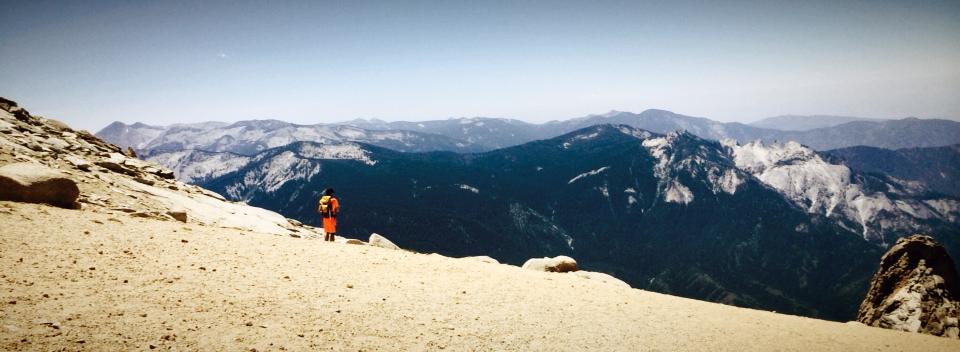 (All photographs taken by me)
(All photographs taken by me)
This is approaching the summit of Alta Peak in Sequoia National Park
Prior to moving to the Bay Area, I barely spent any time in the wilderness—couldn’t, in fact, finish a mild five-mile trail in New England without being beset by the twin devils of exhaustion and boredom. Fast-forward through several years in the Golden State, however, and I’ve conquered big peaks and strenuous trails everywhere from Yosemite to Kings Canyon to Joshua Tree to Death Valley to Humboldt Redwoods to Tahoe to Big Sur. Over that period one might say I’ve lived my own chapter of Ovid’s Metamorphoses, going from career-focused graduate student to trail-blazing mountain goat. And you know what? I couldn’t be happier to have shifted my focus from the world of corporations and cubicles to the one of birds and bees.
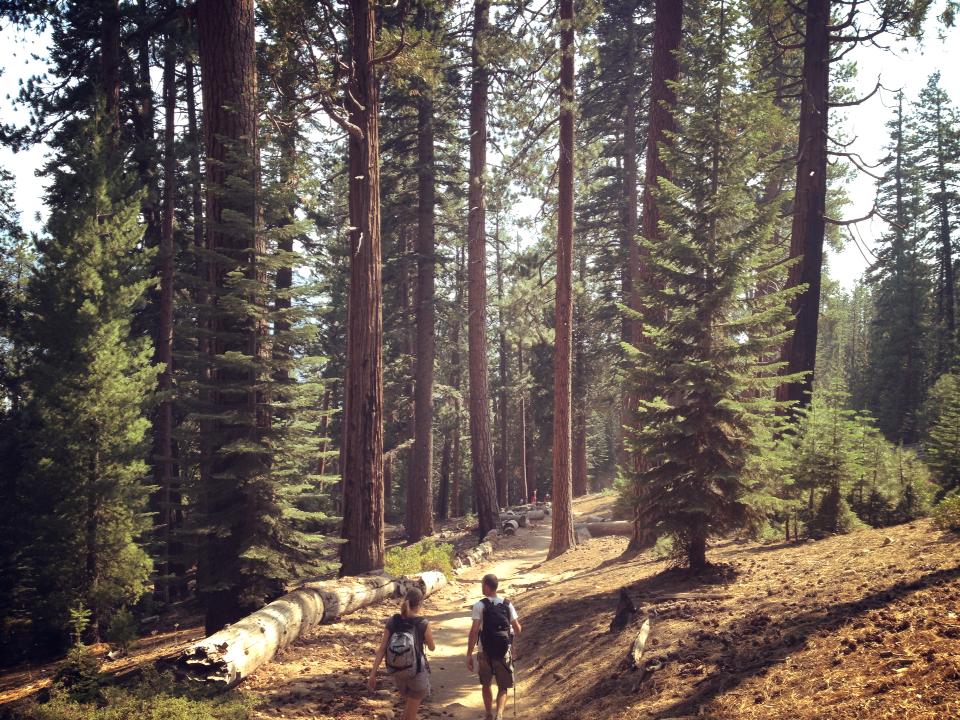 (Returning from Half Dome in Yosemite).
(Returning from Half Dome in Yosemite).
Because if I’ve learned anything during my many hikes, it’s that spending time in the wilderness is more important now than ever before. And the reason for that is simple, my friends: we have never been so disconnected from the natural world. Absorbed in our screens, smartphones, and social media accounts, we’ve grown to comprehend pixels more readily than pastures. New research indicates the average American spends 12 hours per day in front of a screen. (Back in 2009, The New York Times reported the average was 8.5 hours). And this infographic from the Bureau of Labor Statistics indicates that the average American slept 7.7 hours per day in 2013, leaving us just over four hours per day for everything that doesn’t involve screens or snoring. That’s barely enough time to arrive at one of America’s many national parks, let alone to explore them on foot from base to summit. So the numbers shouldn’t surprise us: the average audience for this year’s Super Bowl was 114 million people; Call of Duty has roughly 40-million monthly active users; the Mall of America has 40 million visitors annually. By contrast, one of America’s oldest and most spectacular national parks—Yosemite—attracts a paltry 3-4 million visitors a year. (For perspective, California’s population hovers somewhere around 40 million).
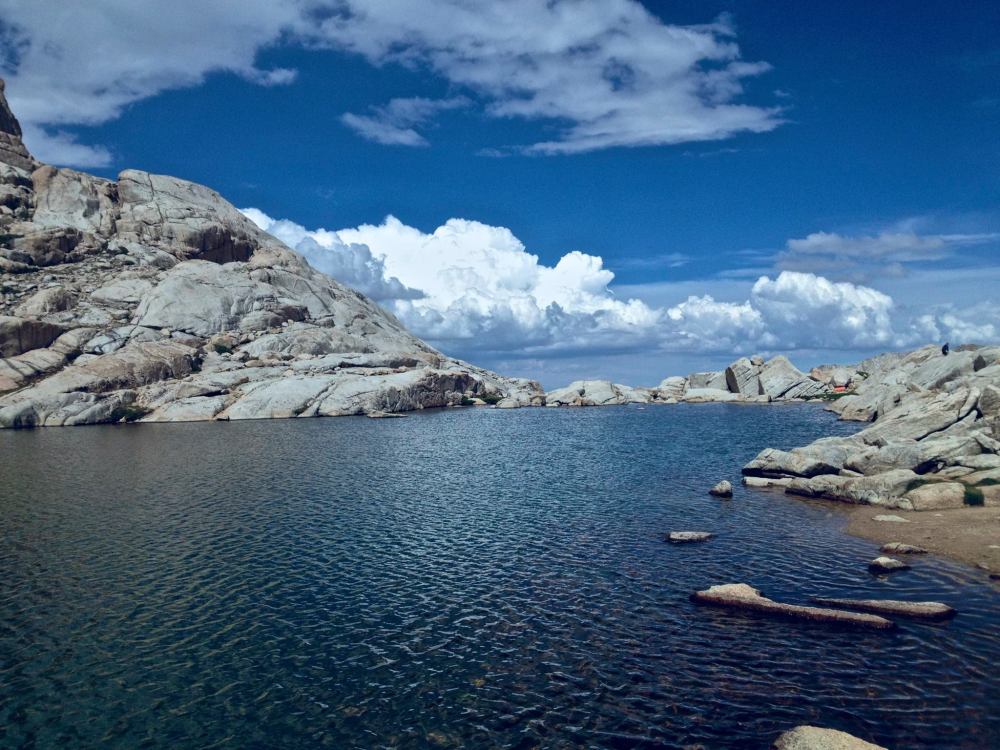 (En route to the Mt. Whitney summit).
(En route to the Mt. Whitney summit).
But the facts and figures can never accurately encapsulate what we’ve lost along the way to our technicolor “progress” of iWatches, FitBits, Wikis, and Teslas. I’ve learned—one might say the hard way, but I’d say the fun way—that only through hiking and spending time in the wilderness can we begin to replace what we’ve been missing. As David Abram put it in The Spell of the Sensuous, “Today we participate almost exclusively with other humans and with our own human-made technologies. It is a precarious situation, given our age-old reciprocity with the many-voiced landscape” (emphasis mine). Simply put: we’ve lost touch with that many-voiced landscape that our ancestors knew so well. The ancient Greeks did not have (or need) the Internet to provide them with “access to information”—they were able to learn so much simply by opening their eyes and looking around. Ditto the Iroquois, the Cherokees, and the Mayans. We no longer recognize the many-voiced landscape that speaks through birds and bears, creeks and canyons, mountains and molehills, stars and streams. We recognize, instead, the theme song to Law & Order.
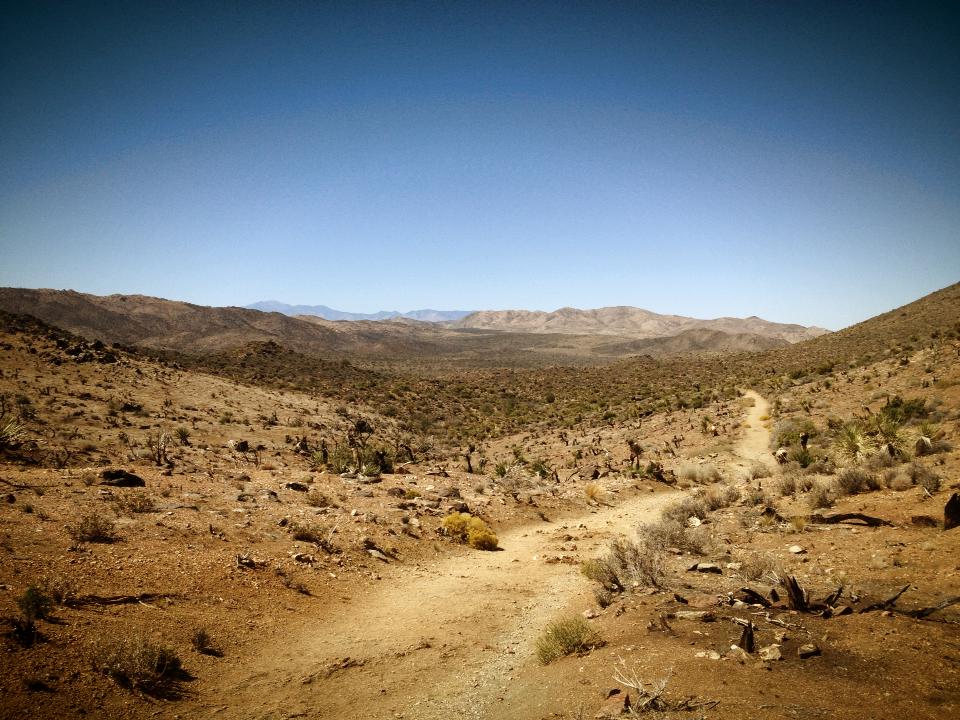 (Somewhere deep in Joshua Tree National Park).
(Somewhere deep in Joshua Tree National Park).
Standing in civilization’s echo chamber of self-congratulation, man places himself simultaneously at the center and the top of everything. We believe we are the smartest animal, the most accomplished, and the most capable. We behave as if the world revolves us and our desires alone. The modern ethos seems to be: “What can I learn from flora and fauna that I can’t without technology?” Or as Lewis Lapham once wrote: “Out of sight and out of mind, the chicken, the pig, and the cow [have] lost their licenses to teach.” But as I’ve written about in other posts (see here and here), even a short hike in the wilderness can yield insights that are simply unattainable through technology. We could learn—as any animal can teach—to live in harmony with our planet and its resources. We could learn—as any tree could teach—that what seems boring, dull, or lifeless on the surface is in fact anything but. We could learn—as any river or canyon could teach—that water (not technology) shapes our world. And so forth.
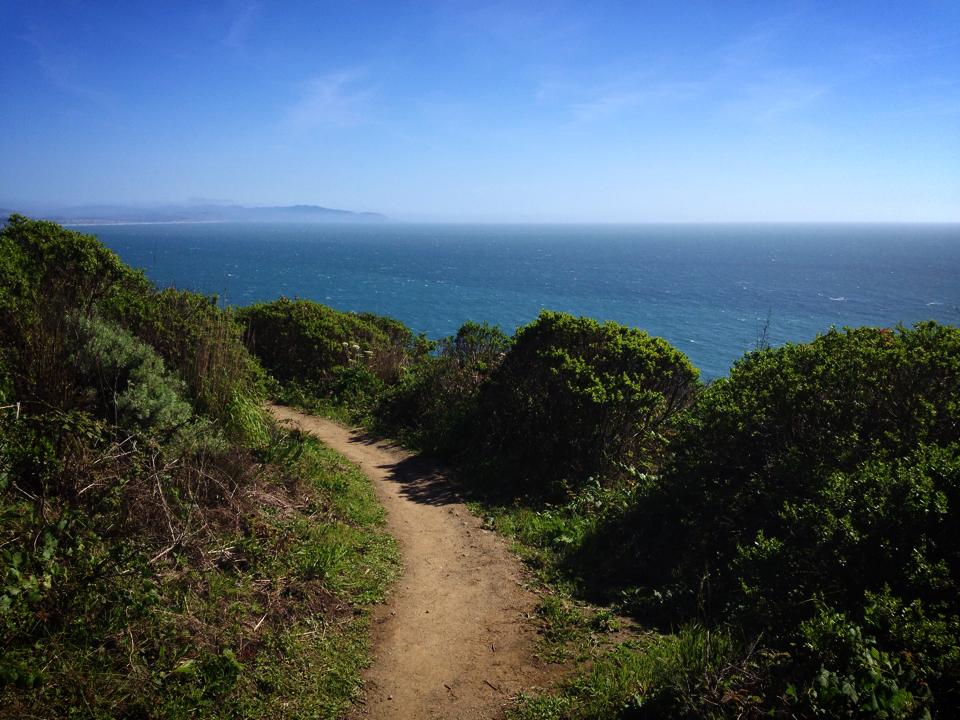 (Point Reyes National Seashore).
(Point Reyes National Seashore).
And if my hiking has taught me anything else, it’s that these lessons aren’t being learned by enough of us. Instead, we’re learning how to type words and emojis into an ever-wider array of devices. We’re learning how to use social media better. We’re learning to buy a new device this year and toss it out the next when the latest version becomes available. We’re learning how to save our countless photographs to The Cloud, where we will likely never look at them again. We’re learning how to code for the digital economy.
What we forgot, however, is that we’re not the only ones here on Earth. Not by a long shot. There’s a whole world out there for whom the terms Iraq, Bill O’Reilly, unemployment, Goldman Sachs, bipartisanship, etc. mean nothing. There are billions of living things that get around each and every day without Google Maps. There are a near-infinite number of examples of ingenuity, intelligence, empathy, and emotion in the natural world. We need to listen to those voices from nature now more than ever, lest the effects of climate change drown them out while we are too busy discussing who wore what to the Oscars last night.
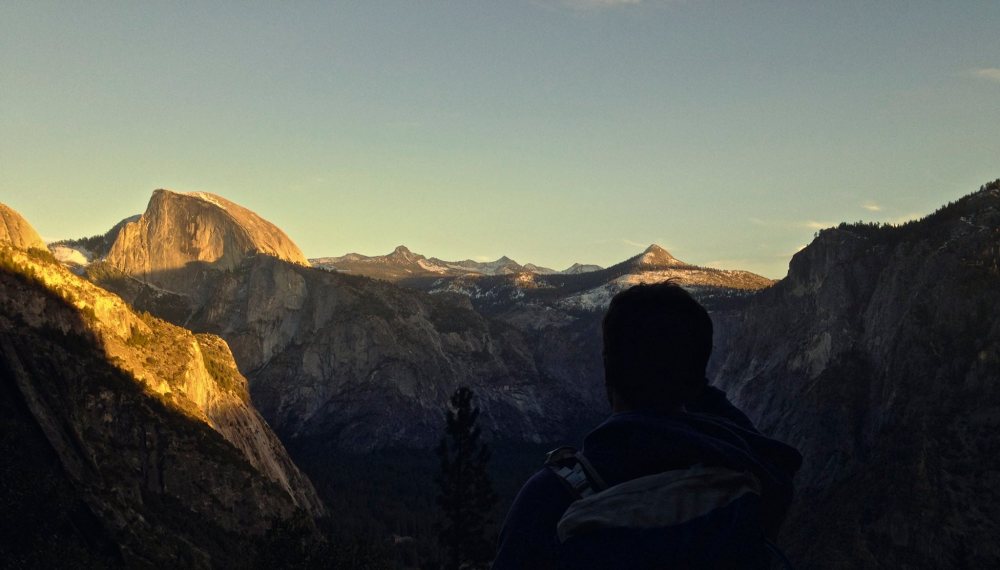 (On the Yosemite Falls trail in Yosemite Nat’l Park).
(On the Yosemite Falls trail in Yosemite Nat’l Park).
And even though we can learn much from the words of nature, don’t get me wrong—the words of man still have much to teach as well. So I’ll leave the last word to Henry Beston, who said it best in his novel The Outermost House:
“We need another and a wiser and perhaps a more mystical concept of animals. Remote from universal nature, and living by complicated artifice, man in civilization surveys the creature through the glass of his knowledge and sees thereby a feather magnified and the whole image in distortion. We patronize them for their incompleteness, for their tragic fate of having taken form so far below ourselves. And therein we err, and greatly err. For the animal shall not be measured by man. In a world older and more complete than ours they move finished and complete, gifted with extensions of the senses we have lost or never attained, living by voices we shall never hear. They are not brethren, they are not underlings; they are other nations, caught with ourselves in the net of life and time, fellow prisoners of the splendour and travail of the earth.”
—Winston A.